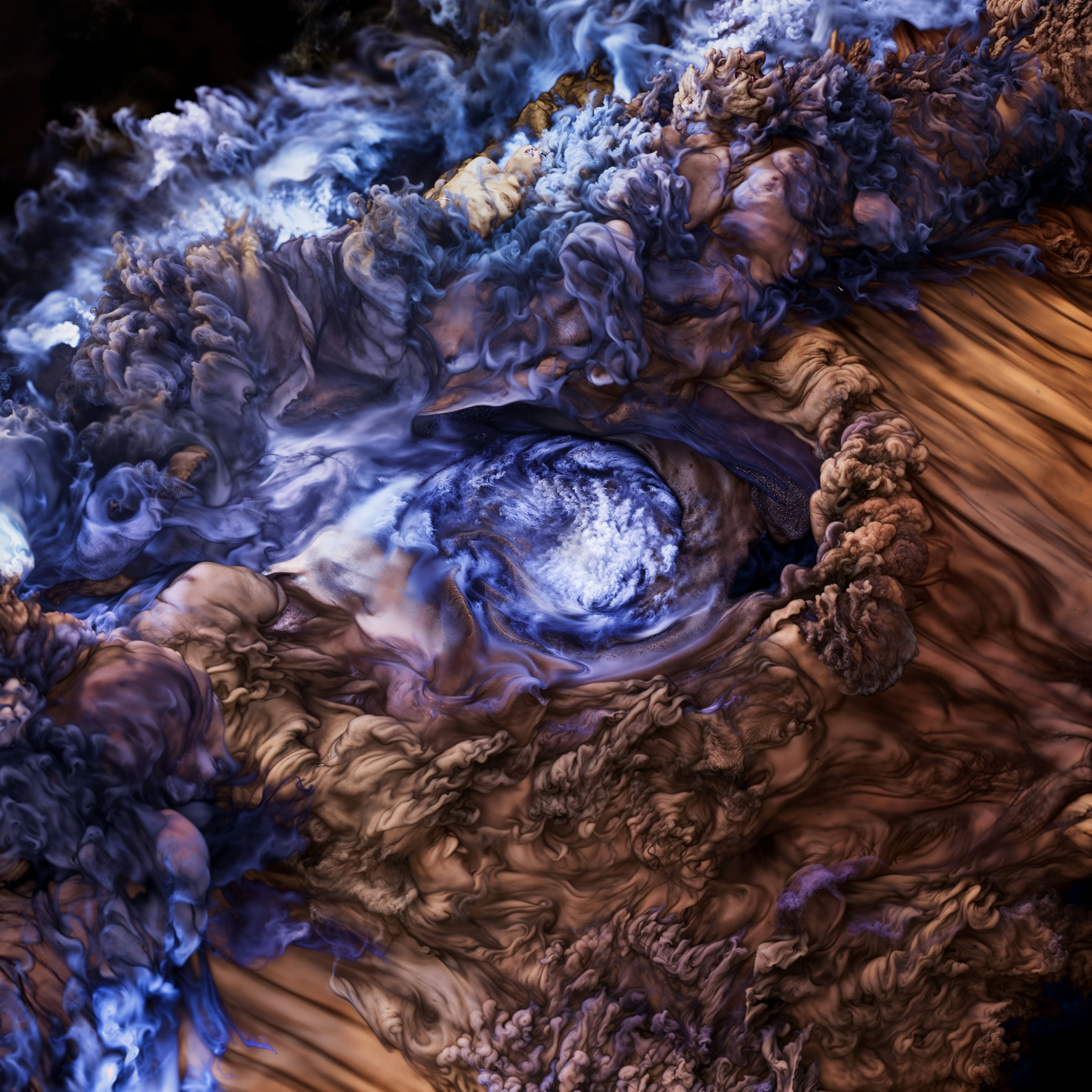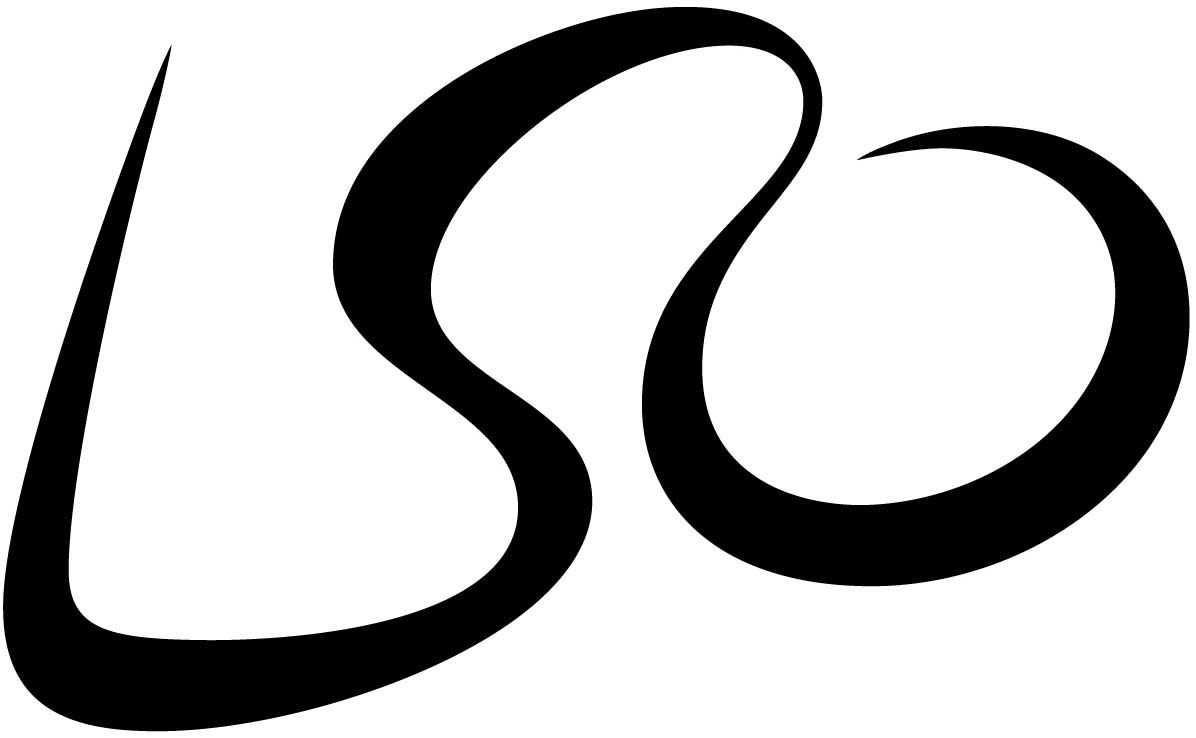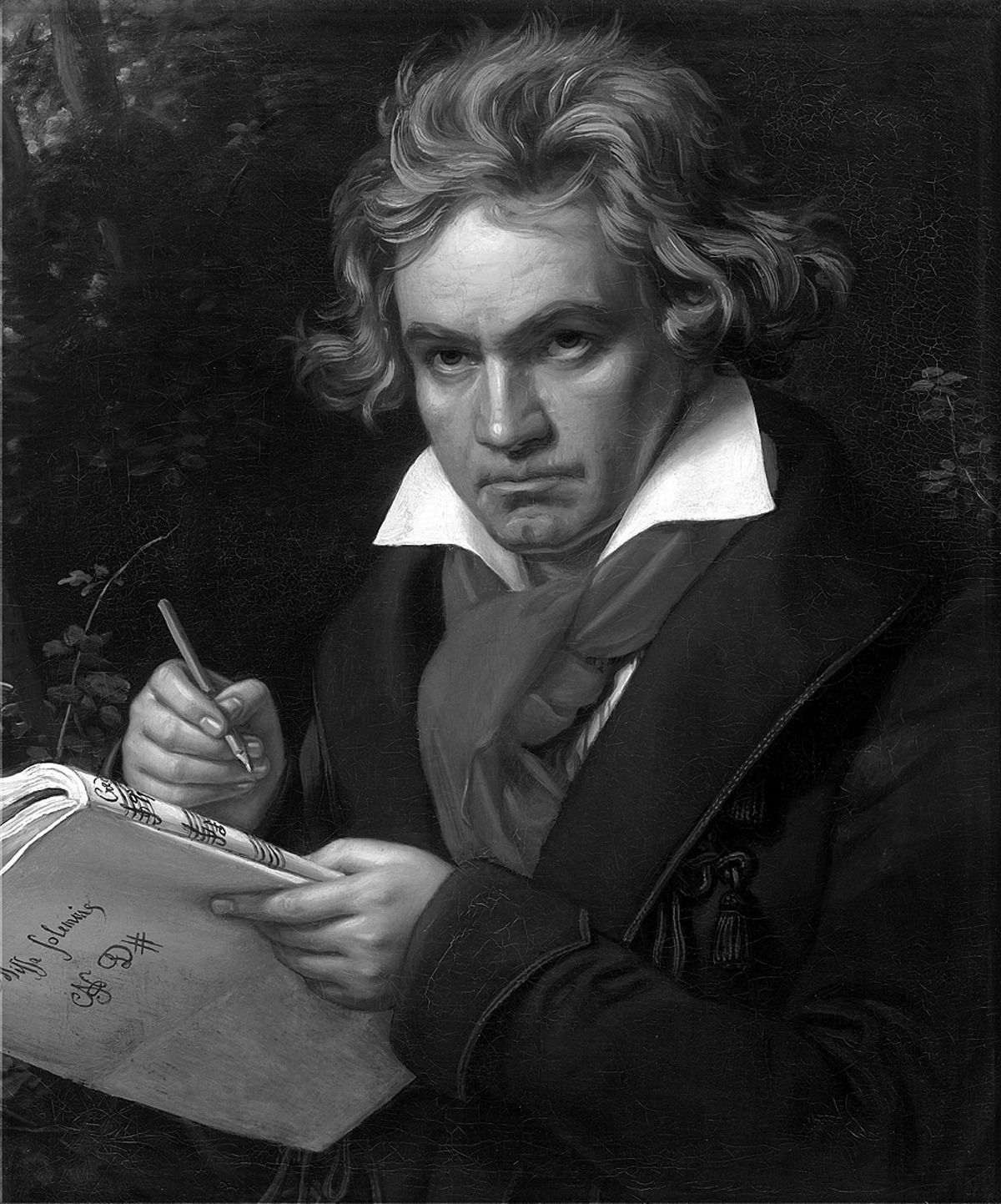Symphony No 1
Ludwig van Beethoven
✒️ 1799–1800| ⏰ 26 minutes

What's the story?
Ludwig van Beethoven began his symphonic journey at the turn of a new century, and it’s easy to hear his spirit of adventure in his First Symphony. Having moved to Vienna in 1792 he was now entering the arena of the great symphonists Joseph Haydn and Wolfgang Amadeus Mozart, aiming to make his mark in this large-scale, ‘public’ form: increasingly the one in which a composer’s reputation would rest. His First Symphony was premiered on 2 April 1800 at Vienna’s Burgtheater. ‘There is considerable art, novelty and a wealth of ideas,’ declared one review.
‘This one is delightful in its freshness, nimbleness and charm.’
What makes this piece so special?
There are plenty of signs in the First Symphony that Beethoven was willing to tear up the rule book. The first movement’s opening may not yet match the body blow that would come with the Fifth Symphony (that famous ‘da da da DAH’ motif), but it was clearly designed to befuddle the audience. Rather than starting, as usual, in the symphony’s ‘tonic’ or ‘home’ key, the two pairs of chords at the start are set, with disorienting effect, in two other keys, before seeming to settle in the dominant – kind of the ‘opposite’ of the tonic.
Beethoven also parted with tradition in placing extra emphasis on the wind instruments, placing them sometimes on a more equal footing with the strings, sometimes even as the main focus. The second movement of a symphony would normally be a slow movement. But this one is much more easy-going. In fact it sounds more like a minuet – a graceful three-time dance (a little like a waltz); and then the third movement – which would normally be a Minuet – itself sounds more like a Scherzo – a lighter, brisker, more jovial movement. The Finale, like the first movement, opens with a musical prank: the first violins – in a will-they-won’t-they fashion – teasingly feel their way up a simple major scale before eventually shooting off at top speed. Maybe it was because of this Symphony that the evening of its premiere was described as ‘the most interesting public concert for a long time’.
What is the music like?
The sheer energy and the many comic touches in this Symphony give it an air of youthful exuberance. We also hear features that will become hallmarks of his later orchestral music. The sudden contrasts between loud and soft, the sharp accents, the emphasised offbeats (syncopation). This is music of great dynamism, delivering multiple bursts of adrenaline. Though there are touches of drama and even a suggestion of military pomp, the outlook is overwhelmingly sunny and high-spirited.
Ludwig Van Beethoven
Born: Bonn, Germany, 1770
Died: Vienna, Austria, 1827
‘Music is like a dream. One that I cannot hear.’
Ludwig van Beethoven radically expanded the expressive bounds of music – especially in his symphonies, piano sonatas and string quartets – and if that meant adapting and developing conventional forms, so be it. He inherited the Classical-period style of Haydn and Mozart but moved into Romantic territory, engaging in his music with literary, political and philosophical ideas and ideals.
In his early 20s, he left his native Bonn for Vienna, where he became established as a composer, piano virtuoso and improviser of great ability. Largely following the Classical models of Haydn and Mozart in his ‘early’ period, he recognised signs of his impending deafness as early as 1796. In 1802, he revealed his suffering, alienation and his creative determination in a moving letter of despair, the Heiligenstadt Testament.
His ‘middle’ period was characterised by a broadening of form and an extension of harmony to suit his proto-Romantic expression, spawning the Symphonies Nos 2 to 8, notable piano sonatas, several string quartets and his only opera, Fidelio. He produced less music in his ‘late’ period (from 1813) but his last years saw his mould-breaking ‘Choral’ Symphony – featuring the famous setting of the poet Friedrich Schiller’s Ode to Joy – as well as an exploration of increasing profundity in the more intimate mediums of the piano sonata and string quartet.
Keep Listening
Delve deeper into the music featured in our Half Six Fix series, and find related music recommendations, with our Half Six Fix playlist.

Thomas Adès
Conductor
Thomas Adès belongs to that paradoxical, breed of composers who can also conduct – the equivalent to an architect who can actually construct buildings. Such rare musicians – Leonard Bernstein, Pierre Boulez and Oliver Knussen are the most famous examples – yo-yo between these conflicting practices, one of which demands deep introspection, and the other that requires heightened social skills in order to communicate with large groups (whether that’s orchestras or audiences). Adès has conducted some of the world’s greatest orchestras, each time bringing his composer’s ear – viewing the music from the ‘inside’ – and he designs programmes around his particular passions and fascinations.
The London Symphony Orchestra
At the London Symphony Orchestra, we strive to inspire hearts and minds through world-leading music-making. We were established in 1904 as one of the first orchestras shaped by its musicians, and today we’re ranked among the world’s top orchestras. As Resident Orchestra at the Barbican since the Centre opened in 1982, we perform some 70 concerts here every year. We also perform over 50 concerts a year to audiences throughout the UK and worldwide, and deliver a far-reaching programme of recordings, live-streams and on-demand broadcasts.
Through our world-leading learning and community programme, LSO Discovery, we’re connecting people from all walks of life to the power of great music. Our musicians are at the heart of this unique programme. In 1999, we formed our own recording label, LSO Live, which has become one of the world’s most talked-about classical labels. As a leading orchestra for film, we’ve entertained millions with classic scores for Star Wars, Indiana Jones and many more.
On Stage
Leader
Carmine Lauri
First Violins
Clare Duckworth
Ginette Decuyper
Laura Dixon
William Melvin
Claire Parfitt
Elizabeth Pigram
Sylvain Vasseur
Caroline Frenkel
Aleem Kandour
Dmitry Khakhamov
Preston Yeo
Second Violins
Thomas Norris
Miya Väisänen
David Ballesteros
Matthew Gardner
Naoko Keatley
Belinda McFarlane
Iwona Muszynska
Csilla Pogány
Andrew Pollock
Shoshanah Sievers
Violas
Eivind Ringstad
Gillianne Haddow
Anna Bastow
Mizuho Ueyama
Thomas Beer
Sofia Silva Sousa
Robert Turner
Annie-May Page
Cellos
Rebecca Gilliver
Alastair Blayden
Salvador Bolón
Daniel Gardner
Amanda Truelove
Henry Hargreaves
Double Basses
Rodrigo Moro Martín
Patrick Laurence
Thomas Goodman
Joe Melvin
Jani Pensola
Flutes
Gareth Davies
Imogen Royce
Oboes
Juliana Koch
Rosie Jenkins
Clarinets
Chris Richards
Chi-Yu Mo
Bassoons
Daniel Jemison
Joost Bosdijk
Horns
Diego Incertis Sánchez
Angela Barnes
Trumpets
James Fountain
Adam Wright
Timpani
Nigel Thomas
Programme Notes Edward Bhesania. Edward Bhesania is a music journalist and editor who writes for The Stage, The Strad and the Guildhall School of Music & Drama.
LSO Visual Identity & Concept Design Bridge & Partners



